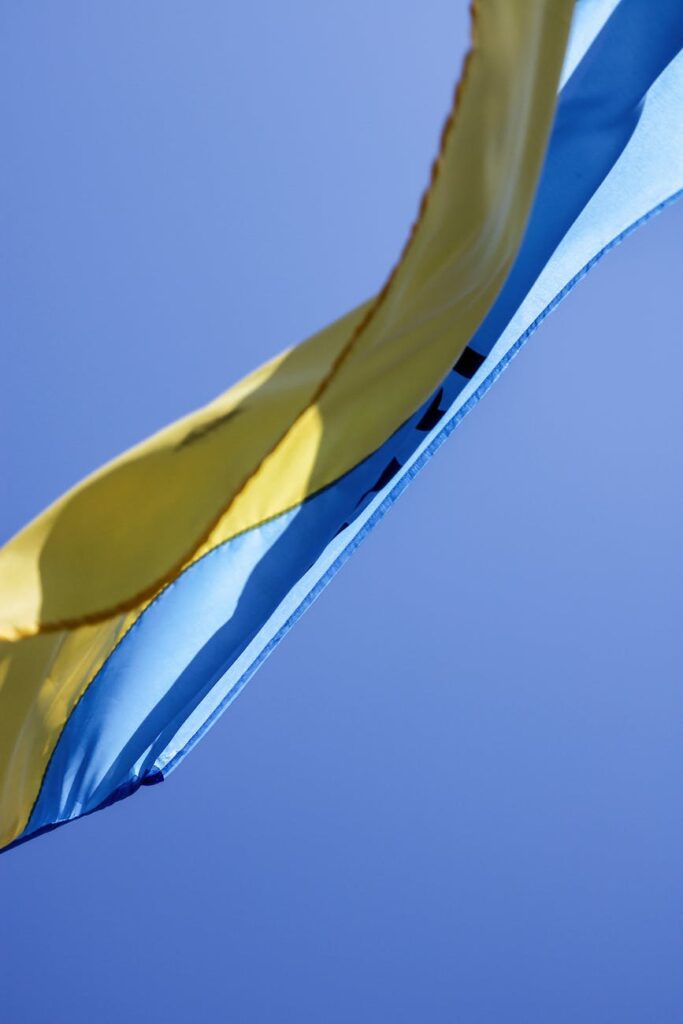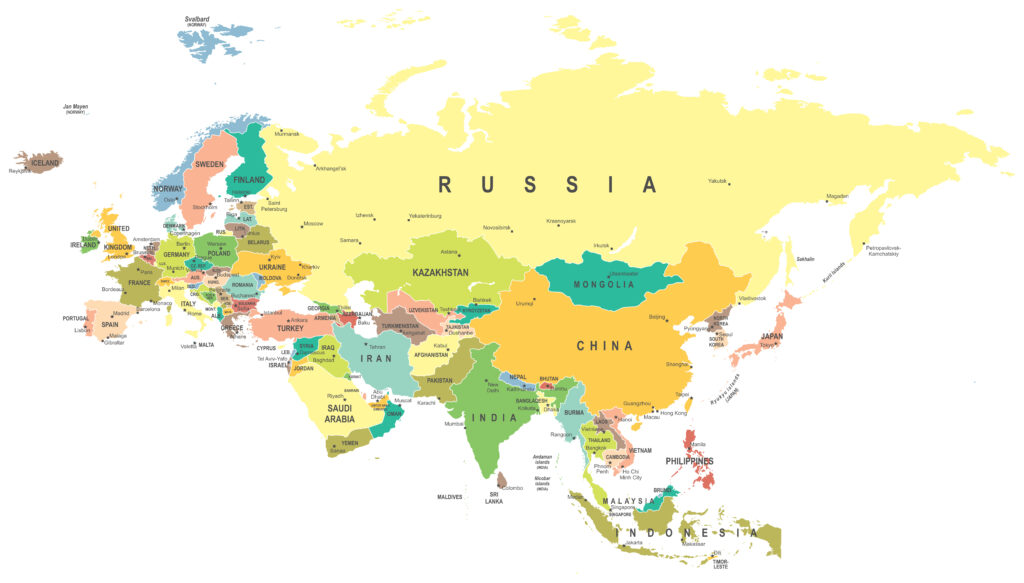
Judicial Watch Press Release, 11/10/22
(Washington, DC) – Judicial Watch announced today it received 345 pages of records from the Defense Threat Reduction Agency (DTRA), a component of the U.S. Department of Defense, revealing that the United States funded anthrax laboratory activities in a Ukrainian biolab in 2018. Dozens of pages are completely redacted, and many others are heavily redacted. The records show over $11 million in funding for the Ukraine biolabs program in 2019.
The records were obtained in response to a February 28, 2022, Judicial Watch Freedom of Information Act (FOIA) request to the Defense Threat Reduction Agency for records regarding the funding of Black & Veatch involving work of any manner with biosafety laboratories in the country of Ukraine.
Three phases of work are discussed in the records, several of which are indicated to have occurred “on site” at the Ukrainian labs.
The Defense Threat Reduction Agency provided a report titled “PACS [Pathogen Asset Control System] at the [redacted (b)(3), which exempts information from disclosure when a foreign government or international organization requests the withholding, or the national security official concerned has specified in regulations that the information’s release would have an adverse effect on the U.S. government’s ability to obtain similar information in the future] Phase 2 On-the-Job Training Report, December 11-13/December 26, 2018” The Executive Summary includes information regarding “on-site” activities, likely referring to a Ukrainian biolab:
- PACS [Pathogen Asset Control System] on-the-job training was conducted for users of the [redacted (b)(3)] on December 11-13, under Phase 2 implementation activities, Anthrax Laboratory activities were conducted on December 28, 2018.
- PACS existing configuration and customization were checked jointly with the on-site PACS Working Group
- Phase 1 implementation activities including progress and current status were reviewed; issues and problems discussed and resolved;
- Standard Operating Procedure (SOP) for PACS use at [redacted (b)(3)] was updated to include Subculturing Operation process – the updated SOP submitted to the on-site Working Group.
The report provides a list of titles of “OJT [on-the-job training] Participants” with all participants names from Black & Veatch redacted, citing exemptions (b)(6) for personal privacy and (b)(3).
Senior Researcher Laboratory of Anacrobic Infections
Leading Researcher Laboratory of Anacrobic Infections
Senior Researcher Laboratory of Anacrobic Infections
Researcher Laboratory of Anacrobic Infections
Leading Veternarian Laboratory of Anacrobic Infections
Senior Researcher Laboratory of Bacterial Animal Diseases
Head of Anthrax Laboratory
Researcher Anthrax Laboratory
Senior Research Scientist Laboratory of Mycotoxicology
Leading Veternarian Laboratory of Mycotoxicology
Junior Researcher Laboratory of Leptospirosis
Laboratory Assistant Neuroinfection Laboratory
Research Scientist Sector of International Relationships and Geoinformation
A section titled “Future Activities” notes: “Phase 3 implementation agreed for March 2019.”
Included in the records is an Order for Supplies or Services dated August 1, 2019, is issued by the Defense Threat Reduction Agency to Black and Veatch Special Projects Corp. The total amount of the contract award is $11,289,142.00. The order contains approximately 35 contract line items set forth in a statement of work (SOW), dated March 5, 2019, titled: “Electronic Integrated Disease Surveillance (EIDSS) and Pathogen Asset Control (PACS) Implementation” The statement of work, consisting of 24 pages, was not provided, nor was there an explanation for the withholding.
A report titled “PACS [Pathogen Asset Control] Implementation at the [redacted (b)(3)]. Phase 3 On-the-Job Training Report, November 28-29.2018” states in its Executive Summary:
- B&V has completed the final stage of PACS implementation at the [redacted (b)(3)]. The site has been fully commissioned in operations of PACS functionality.
- PACS on-the-job training and on-site activities were conducted for users on November 28-29, 2018 under Phase 3 implementation activities
- PACS existing configuration and customization were checked jointly with the on-site PACS Working Group
- Phase 2 implementation activities were reviewed; issues and problems discussed and resolved;
A report titled “PACS [Pathogen Asset Control] Implementation at the [redacted (b)(3)]. Phase 3 On-the-Job Training Report, April 3-5, 2019” has its Executive Summary and other portions redacted, citing FOIA exemptions (b)(4) trade secrets, (b)(5) interagency or intra-agency communications and/or attorney-client privilege.
The Defense Threat Reduction Agency also provided a 2018 report titled “PACS [Pathogen Asset Control System] Implementation Plan at [redacted (b)(3)]. Phase 2 On-the-Job Training Report, September 25-27, 2018.” The Executive Summary includes: “PACS on-the-job training was conducted for users of the [redacted (b)(3)] on September 25-27, 2018, under Phase 2 implementation activities.”
A list of “OJT [on-the-job-training] Participants” from contractor Black & Veatch includes job descriptions but all names have been redacted through exemptions (b)(6) personal privacy and (b)(3). Some of those job descriptions include:
Head of Laboratory Virology
Department of Molecular Diagnostics and Control
Researcher of Pigs Diseases Research Laboratory
Scientist of Laboratory of Virology
Department of Avian Diseases
Researcher of Department of Avian Diseases
Laboratory for Biosafety, Quality Management
Engineer of the Laboratory for Biosafety, Quality Management
Laboratory of Biotechnology
Researcher of the Laboratory of Biotechnology
Head of the Brucellosis Laboratory
Senior Researcher of the Brucellosis Laboratory
Head of the Molecular Diagnostics and Control
Head of the Tuberculosis Laboratory
Researcher of Tuberculosis Laboratory
Researcher of the Laboratory of Virology
The report also contains a section titled “Future Activities:”
Read full press release here.


